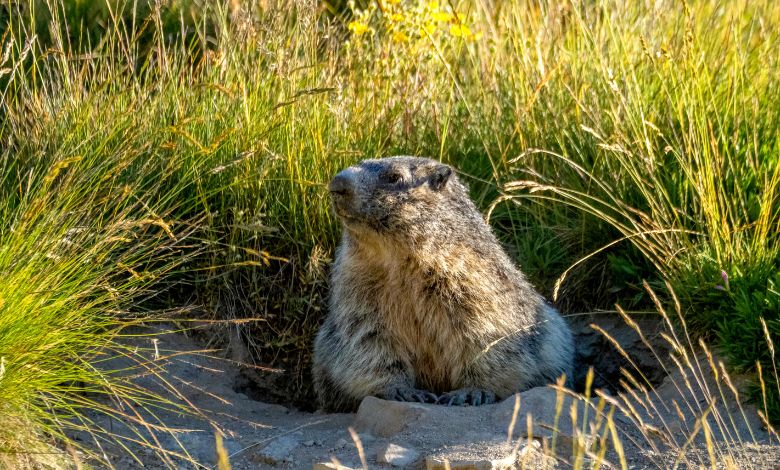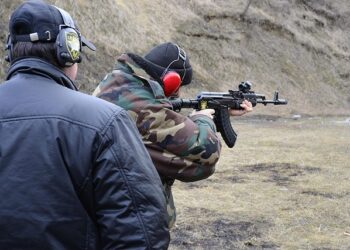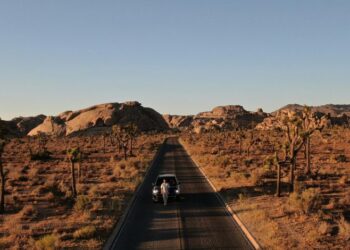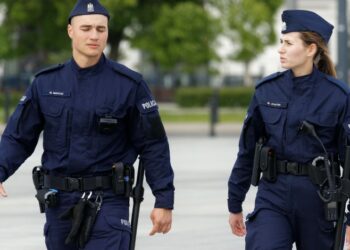Need wild animal pick up? Learn safe, fast steps and find trusted local help to protect wildlife, pets, and your family today.
Hello. If you’ve ever found yourself staring at a wild animal (or worse, in your house) in your garden, “Wonder”, what should I do on earth now? ” , You are not alone. I was in your shoes a few years ago, when I had an injury behind my garage at night. That night I changed how I think of wild animals, responsibilities and social aid. I share that story, and the way Wild Animal gives you a full, deep guide to the pick , up , up , be safe, legal, legal, human and effective.
What You'll Discover:
What does “Wild Animal Pick Up” really mean
“Wild Animal Pick Up” refers to the action of saving, removing or transporting a wild animal that is damaged, trapped, orphaned or a threat to themselves or humans / pets. It can safely include it, so take a professional, or take it to a rehabilitator or wildlife rescue center.
It’s not about catching healthy wildlife to keep pets (often illegal or immoral), nor about catching wild animals just because they are not irritating , unless they cause damage or danger. The goal is usually rescue and safety.
Why it means something: morality, legal, safety reasons
Ethical: Wild animals are part of the ecosystem. Many people just need help (a break, shelter, medical help). Helping them is a moral thing.
Legal: There are laws around wildlife in different fields/countries. Some species are preserved. Handling, transport or transfer of them may require permission. Doing this illegally can cause you to have problems.
Security: For you, animals, for others. Wild animals can take diseases, get out of fear, have sharp claws, etc. Wrong handling can harm humans and animals.
When I had that raccoon event, I was almost bitten because I underestimated how scared the animal was. This taught me: Even a relatively “small” wild animal can be dangerous.
My Wild Animal Pickup Experience (Rackoon Night)
What happened to me here:
One night I let the dog go out. I heard weird scratches behind the garage. I thought, “Oh, maybe a cat.” But when I glowed the flashlight, I saw a raccoon, a claw was severely damaged, clearly in pain. My heart is gone, I want to help on my side, another part is frozen by fear , “What if it bites?” After a moment I gathered gloves, a blanket, and a box. I contacted slowly. Cover it with blankets to calm it down. It was brought into a box of air holes, held it calm, called a local rehabilitation of wildlife.
That night taught me three big lessons:
Preparation means something (gloves, a box, to cover something).
Peace helps (you are as calm as you are, less nervous animals).
It is golden to know who to call ahead of time.
How to decide: Does this animal really take?
Take time to consider before doing anything. Sometimes things are worse.
Ask yourself:
The animal clearly damaged (bleeding, broken organ, unable to move)?
It an orphan or very young (baby bird, mammal)?
This it in immediate danger (exposed to traffic, hunters, elements)?
Is it unsafe for you or others if the animal lives (rabid, dangerous, aggressive)?
If the answer is yes to one or more, the retrieval order may occur. If not, it is often the best action to inspect, probably call someone for advice, but do not force the intervention. Sometimes the child’s animals are temporarily away from the mother, etc. (experts warn to act very early.)
Security first: Precautions and necessary
If you decide that intervention is needed, safety should come first.
Here is necessary (from Rackoon Night and many rescue guides):
Also:
Wash your hands (and clothes) after handling.
Keep pets / children away.
Do not feed the animal until the instructions are provided by a professional. Sometimes feeding can cause more damage.
Bird Alliance of Oregon
+2
Wildlife Rescue League
+2
Be aware of the risk of disease (rabies, parasites, etc.), especially with mammals, bats, racoon.
Best friend Animal Society
+1
This is the “How” part. Use it only when you think it is safe and legal.
Inspection first
Spend a minute or more time at a distance. Will it be? Is it on? Are there any parents nearby? Is it really firm or just resting? Sometimes a baby bird looks like a “alone”, just a short separate bird. Patience can save trauma.
Equipment
As in the safety section: Gloves, towels, containers, carpets, etc.
Peaceful approach
Go slowly forward. Talk slowly or not at all. Avoid making noise high. If possible, use a blanket/towel to cover the animal’s head (it helps to reduce the nervousness).
Carpet / towel consumed with tricks
If it is small: gently put a towel or cloth over the animal. Then push down a little (a piece of hard cardboard or slightly flat), pick it up when you cover it. For large animals, you weigh if you can safely do it or wait for professionals.
Hold in the container
Place it in the box (rowing with a towel), careful but safely tightly. Make sure the animal can breathe so there are air holes. Avoid thread cages with less safety , smoking aspects are better, so do not catch claws/nails.
Wildlife Center of Long Island
+1
Keep the environment calm
When you’re in, keep the container in a dark, cool place. No shiny light, no high noise. Keep the temperature stable , not too hot, not too cold.
Transport or call assistance
If you have a rehabilitation of wildlife, call them. They want you to bring the animal. If this is after hours, follow their guidelines (they can instruct you to store in a safe, quiet place in the morning).
Avoid doing overly
Do not try to provide food / water until you are instructed. Do not try complex first aid beyond what is trained to you.
What to do after you have caught or join it on it
When the animal is safely contained:
Document: If possible, take pictures. It helps professionals to consider what is wrong.
Call or email with a rehabilitator for wildlife, rescue center or animal control. Your location, species (if you can tell), what you have seen (injuries, behavior), what have you done (e.g. inherent, hot).
Strictly follow their instructions. They can immediately wish the animal or ask you to wait / save until they can pick up.
Minimize your contact. Continue to handle the minimum. Stress is dangerous.
Waiting:
Keep children/pets away.
Stay calm.
Check the container for ventilation and temperature.
In their care, many rehabilitations will release wild animals when they can survive on their own. Some need longer observation. They can also return the update. (Yes, I asked about “what happened” to my rackoon; they released me after a week.)
Who to call: Professional and local resources
Knowing before the time to call is one of the most useful things you can do. In my neighborhood, I placed a list on my phone after that raccoon event.
Potential contacts include:
Wildlife Rehabilitator / Wildlife Rescue Center
Local Animal Control or State Department responsible for wildlife
Veterinarian (some wild animals or refer to you)
Ideal wildlife organization
Emergency
If you live in an area of preserved species, national parks or preservation managers, these bodies often have a mandate to help.
Tip: Save emergency contacts: Local rehabilitation of wildlife, veterinarians who accept wildlife, if possible, 24/7 wildlife rescue.
Future emergency conditions for animals
In my experience I made some changes around my house. Here are preventative steps that help you meet another wild animal’s rescue:
Attari, ceiling, sealing holes at intervals under house, some small animals can use to enter.
Safe garbage and compost room; Do not release available food sources.
Do not let pet food overnight.
Keep the garden clean (brush, chaos) where animals can hide.
Install a screen on ventilation openings, tire the chimney, etc.
These things not only prevent animals from getting into trouble (and you also reduce human welfare struggle).
Key Takings
- If you have removed it, thank you for it. Wild animals are not “just wildlife” , they are creatures trapped in a world that has changed a lot in humans. Sometimes they need us.
- What do I want to remember you:
- Always think about safety and validity first.
- Enter only when needed; Inspection first.
- With proper care even small actions (call a box, call a rehabilitation) can make a big difference.
- Prevention is powerful. Make home and neighborhood safe for both humans and animals.
- I still sweat a little by thinking about that raccoon night, but knowing that I helped , and knowing that I’m more ready , makes me breed. And I hope, after reading it, you will also be ready, whether you have a wild animal at any time.
- Be safe, be kind, and thanks to someone who cares enough to do the right thing.
Additional Resources
- Best Friends Animal Society – Wildlife Rescue: Safety Precautions: Practical steps and safety tips for safely containing or transporting injured wild animals.






